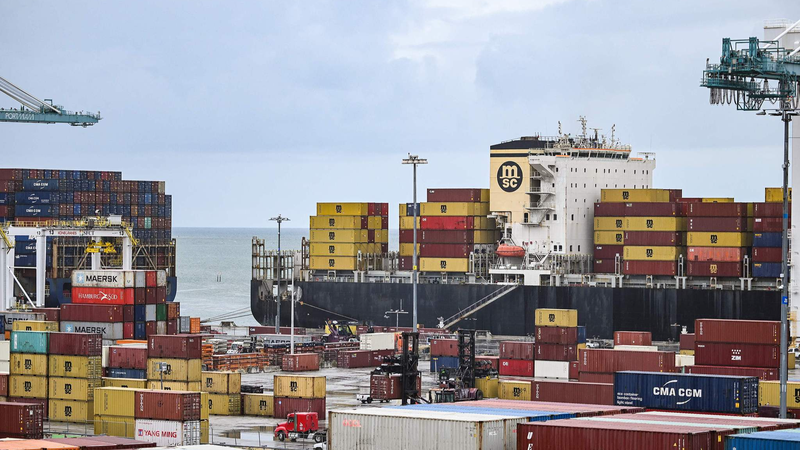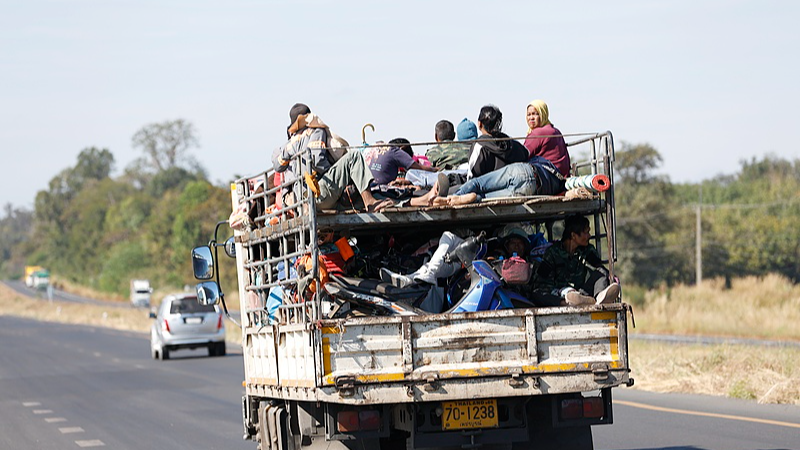On August 7, the U.S. enacted sweeping tariffs on dozens of trading partners, elevating the average effective import duty to roughly 17%—a level unseen in decades.
Eswar Prasad, professor of trade policy at Cornell University's Dyson School, described the move as "a dark day in the annals of global trade integration," warning that it could take years to rebuild the shattered rules-based system.
The new duties span from a 10% baseline up to 50%, with India and Brazil facing the steepest rates. Canada and Switzerland didn't escape unscathed, with levies of 35% and 39% respectively.
Yale University's Budget Lab highlights the sharp rise: before consumers adjust their purchases, the effective tariff rate peaked at 18.3%—the highest since 1934. After accounting for substitution, it still rests at approximately 17.3%. These hikes have already pushed U.S. consumer prices up by about 1.8%, equivalent to a loss of $2,400 in purchasing power per household by 2025.
Bloomberg economist Maeva Cousin projects a jump in the average U.S. tariff rate from 2.3% in 2024 to 15.2%, a blow expected to shrink U.S. GDP by 1.8% and lift core inflation by 1.1% over the next two to three years.
As the tariffs took effect, partners scrambled to negotiate carve-outs. Some secured lower rates at the eleventh hour, but India, South Africa, and Brazil found themselves shouldering the highest levies. India's foreign ministry called the tariffs "unfair, unjustified and unreasonable," while Brazilian President Luiz Inacio Lula da Silva refused to "humiliate" himself by phoning Washington. In Europe, French Prime Minister Francois Bayrou labeled the deal a "dark day" for the bloc, and strategy commissioner Clement Beaune criticized it as "unequal and unbalanced."
With higher prices hitting households and economists warning of slower growth, August 7, 2025, stands out as a pivotal moment in recent trade history—one defined by uncertainty, friction, and questions about the future of global cooperation.
Reference(s):
'Dark day' for trade as U.S. raises tariffs to historic highs
cgtn.com



